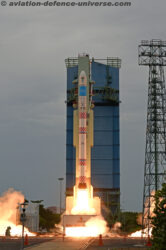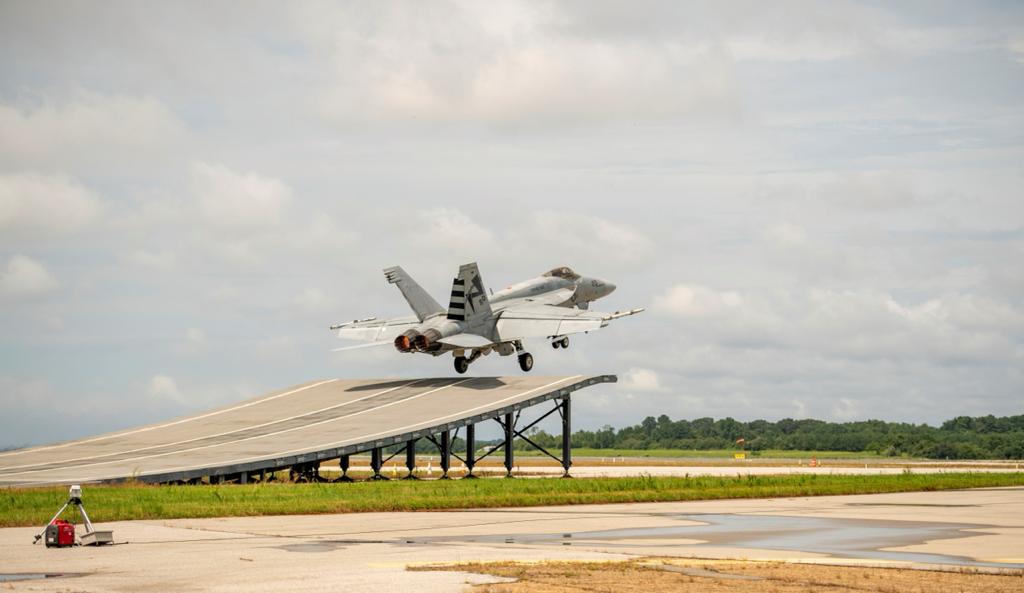
- Demonstrates compatibility with Indian Navy carriers
New Delhi. 21 December 2020. In a monday morning press briefing to the Indian media Boeing informed that the STOBAR, or Short Takeoff but Arrested Recovery test program for F/A-18 Super Hornet was conducted at Pax River NAS, Maryland, USA and the aerospace major along with the U.S. Navy proved that the F/A-18 Super Hornet can operate from a “ski jump” ramp, thereby demonstrating the aircraft’s suitability for India’s aircraft carriers.
“The first successful and safe launch of the F/A-18 Super Hornet from a ski-jump begins the validation process to operate effectively from Indian Navy aircraft carriers,” said Ankur Kanaglekar, Head India Fighters Sales, Boeing Defense, Space and Security.
All aircraft test programs are challenging and this one was not an exception. Since 2018, Boeing teams have been conducting simulation analysis in partnership with USN, in preparation of the ski-jump trials. The entire test program was developed with safety as a foremost priority.
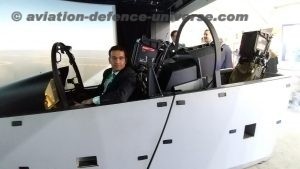
campaign in India
“We used a buildup test approach, starting with very conservative conditions and gradually working up to heavier takeoff weights and shorter takeoff distances. The ski jump trials involves an ‘instrumented’ F/A-18 Super Hornet jet (i.e. aircraft that has sensors attached to capture the strains) to measure the increased strain of STOBAR operations. Depending on test objectives, several jumps with different aircraft configuration took place. Each jump was carefully scrutinized by the joint Boeing and USN test team before attempting the next takeoff. The vast amount of data gathered here will help refine the modeling and simulation studies,” he explained.
Super Hornet Block III on offer to the Indian Navy is a multi-role, frontline fighter of the USNavy. It was designed alongside the U.S Navy to meet its mission requirements out through the next decade and beyond.
“The F/A-18 Block III Super Hornet will not only provide superior war fighting capability to the Indian Navy but also create opportunities for cooperation in naval aviation between the United States and India. The F/A-18 Block III Super Hornet will offer unrivalled growth potential to the Indian Navy through single and two-seater carrier compatible variants and the ability to interface with the P-8I as a force multiplier,” Ankur added.
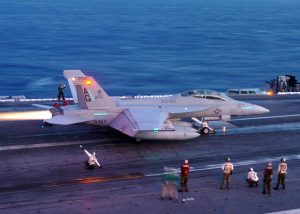
Boeing has been working closely with the Indian Navy on the performance requirements for the MRCBF (Multi-role Carrier Based Fighters) program. The ski jump concluded goes a step further and will help validate the past studies conducted on the ability of F/A-18 Super Hornet to operate effectively from the ski jump.
“The first successful and safe launch of the F/A-18 Super Hornet from a ski-jump begins the validation process to operate effectively from Indian Navy aircraft carriers. The F/A-18 Block III Super Hornet will not only provide superior war fighting capability to the Indian Navy but also create opportunities for cooperation in naval aviation between the United States and India. The F/A-18 Block III Super Hornet will offer unrivalled growth potential to the Indian Navy through single and two-seater carrier compatible variants and the ability to interface with the P-8I as a force multiplier,” Kanaglekar reiterated.
The F/A-18 Block III Super Hornet will offer the Indian Navy value in the form of advanced warfighter technologies at a low acquisition cost and affordable cost per flight hour because of its ease of maintainability design and durability. The Indian Navy stands to benefit from the multi-billiondollar investments made towards new technologies in the Super Hornet by the U.S Navy and several international customers. This includes advanced network technology, longer range and low-drag with conformal fuel tanks, long-range detection with Infrared Search & Track, enhanced situational awareness with a new Advanced Cockpit System, improved signature reduction and a 10,000+ hour life.
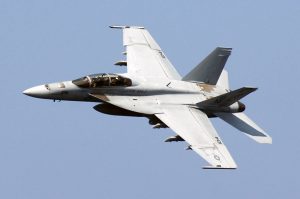
As part of Boeing’s proposed “By India, for India” sustainment program, the Block III Super Hornets can be serviced in partnership with the Indian Navy as well as India and U.S. based partners throughout the lifecycle of the aircraft. This will further develop advanced expertise in aircraft maintenance in India, resulting in higher availability of the aircraft, at competitive pricing and reduced risk for the Indian Navy.
Boeing is on schedule to deliver next-generation Block III capabilities to the U.S. Navy in 2021 and by 2024, one squadron per carrier air wing will consist of Block III Super Hornets. Making the platform the U.S. Navy’s dominant force in the skies, the Super Hornet provides the most weapons at range in the U.S. Navy’s fighter inventory, including five times more air-to-ground and twice the air-to-air weapons capacity.

In early 2019 U.S. Navy awarded Boeing a three-year contract for 78 F/A-18 Block III Super Hornets. Boeing has delivered two Block III flight test aircraft to the U.S. Navy. Boeing is on schedule to deliver next-generation Block III capabilities to the U.S. Navy in 2021. By 2024, one squadron per carrier air wing will consist of Block III Super Hornets.
Boeing has delivered more than 570 Super Hornets and 160 Growlers to the U.S. Navy. Block III Super Hornet is leading in several international campaigns in Europe with countries such as Germany, Finland & Switzerland.










































